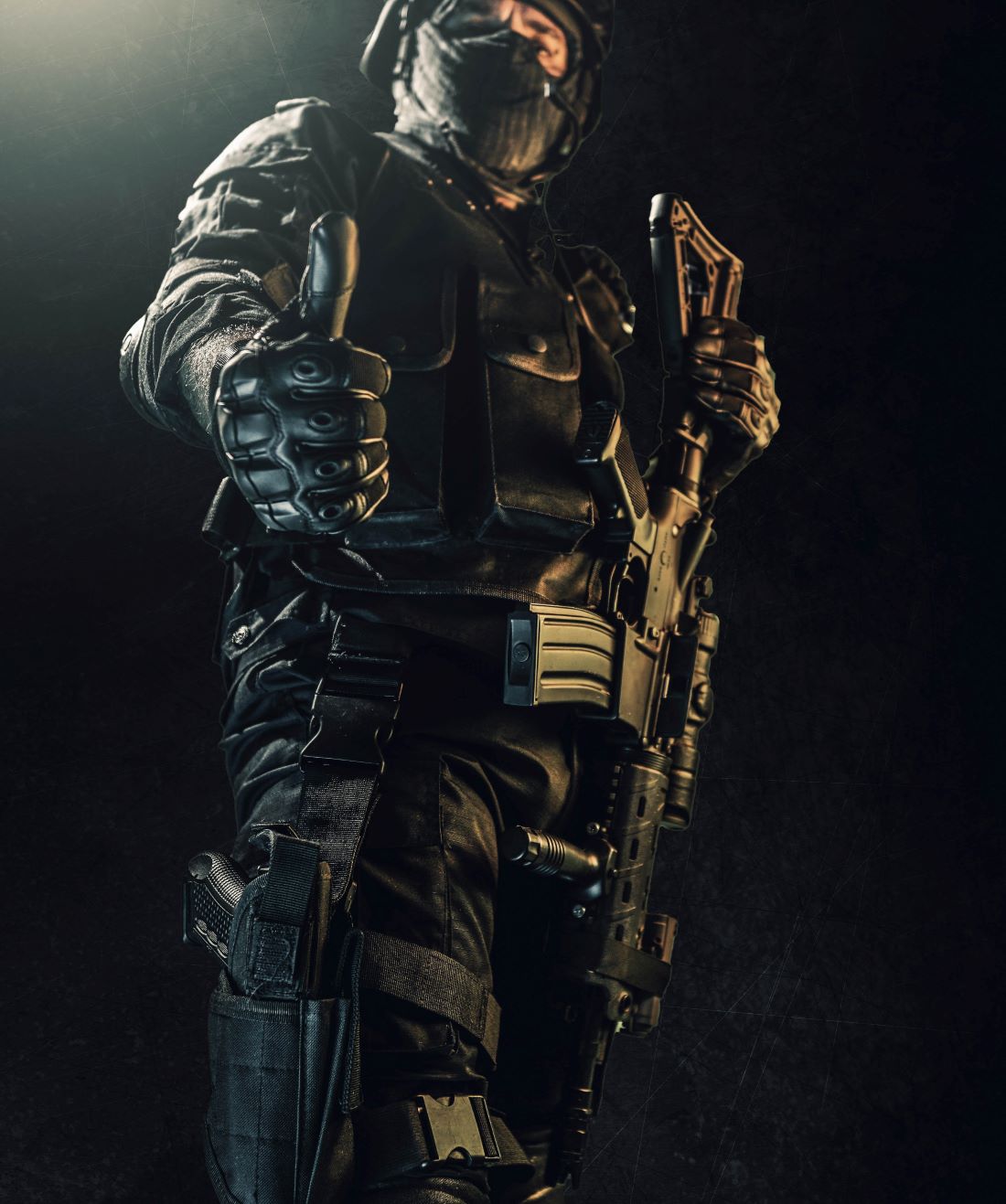Practical Tips to Note for Ballistic Shield Training

When used with a handgun, a ballistic shield or tactical shield is most effective. For a tactical shield to be most effective, the shooter should understand that it simply protects what is behind and below it, which is often best done with a handgun. The second shooter is often deployed to deploy the long gun by creatively rolling out the second shooter. Nonetheless, team members may be exposed to potential incoming rounds. When using the shield, however, the purpose is not to get less protection, but to get more.
For teams that do not want to spend a whole training day on shield and pistol skills, I have outlined a short training block that can be used.
1. Concentrate on the mission:
Professional pistol skills are required for using the ballistic shield. If you are using a shield, you must use one hand only when shooting a pistol. Ensure that you are shooting from the strong side, clearing malfunctions, and reloading. As well as support hand shooting, it is important to train in these skills.
2. It is a tactical training, not a physical one:
Long training sessions lead to fatigue, making it impossible for shooters to fully benefit from the tactical shield. A thirty-minute session using the ballistic shield will keep your skills sharp, without also dissuading you from using it.
3. Training based on scenarios helps you refine skills:
It will usually take an hour to complete the initial training, depending on the team size. Shields can be put away and we should move on. Run scenario-based drills at the end of training to reinforce the range points in team tactics using the shield and force-on-force training tools.
4. Low light:
Ensure you include some training in low light ballistic shields. Live fire and simulated scenarios should be used for this purpose.
You can read all the rest of our blog posts here.